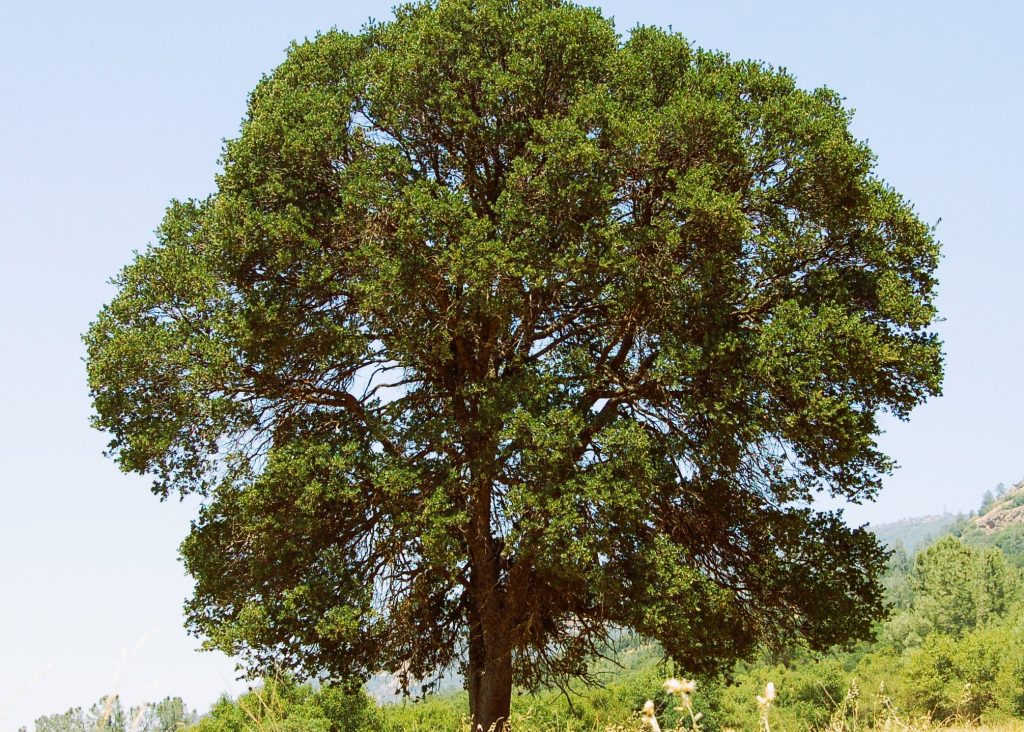Quercus douglasii: Blue Oak Comprehensive Guide

Introduction
Quercus douglasii, commonly known as Blue Oak, stands as an endemic oak species in California, belonging to the white oaks section within the Quercus genus. With its distinctive features and ecological significance, understanding its care, longevity, common pests, and diseases provides valuable insights.
Distribution and Habitat
Blue Oak thrives in well-drained soils with ample sunlight, often found in the foothills surrounding California's Central Valley and certain regions along the Californian coast in the United States. Occasionally referred to as Mountain Oak or Iron Oak, this species showcases adaptability to diverse environments.
Description
Tree Structure
Characteristics:
- Medium-sized tree reaching 15 to 25 m in height.
- Irregular crown shape with a trunk diameter of 0.5 to 1 m.
- Light gray bark with medium-sized dark cracks, resembling a whitish appearance from a distance.
- Deciduous leaves, 4 to 10 cm long, slightly lobed, and known for the dark blue-green tint.
- Acorns measure 2 to 3 cm, with a mildly sweet-flavored nut maturing in 6 to 7 months post-pollination.
Care for Blue Oak
Soil and Sunlight
- Thrives in well-drained soils.
- Requires abundant sunlight for optimal growth.
Longevity
Most Blue Oaks live up to 300 years, with some exceptional individuals recorded to exceed 500 years. Recent research indicates the presence of unrecorded California Oak Forests, suggesting the state might harbor over 2,000 km² of ancient oak woodlands.
Common Pests and Diseases
Pests:
- Oak Moth Caterpillars: Regular inspection to manage potential caterpillar infestations.
- Aphids: Periodic checks to prevent aphid-related issues.
Diseases:
- Powdery Mildew: Watch for signs of powdery mildew and implement suitable preventive measures.
- Root Rot: Avoid overwatering to mitigate the risk of root rot.
Frequently Asked Questions
1. What is the origin of the name "Blue Oak"?
The name "Blue Oak" is derived from the dark blue-green tint extracted from its leaves.
2. How long do Blue Oaks typically live?
Blue Oaks commonly have a lifespan of around 300 years, but there are records of individuals surpassing 500 years.
3. What are the natural hybridization occurrences of Blue Oak?
Blue Oak often naturally hybridizes with related species like Quercus turbinella, Valley Oak, and Oregon White Oak, especially when growing together in the same area.
Conclusion
Blue Oak, with its distinctive features and ecological role, represents a valuable component of California's natural landscapes. Implementing proper care measures ensures the preservation of this iconic oak species for generations to come.
Note: This comprehensive guide offers general information, and specific conditions may vary.

Leave a Reply
You must be logged in to post a comment.